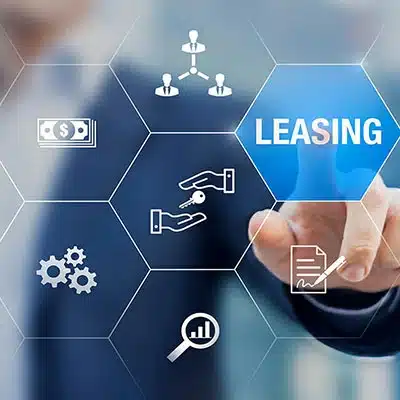Knowledge and Insights
Lessons Learned for Nonprofits: Reflecting on the Lease Accounting Standard

ASC Topic 842, the accounting standard for leases, has brought significant changes for nonprofit organizations in their financial reporting. Over the past several years, these organizations have reassessed and reevaluated their lease agreements, determining the impact on their financial statements and disclosure requirements. Let’s explore some of the key lessons learned from the ASC Topic 842 and its implications for nonprofits.
Lesson 1: Internal Controls & Compliance are a MUST
Strong internal controls and compliance measures are necessary in implementing ASC Topic 842. The importance of establishing robust processes to identify, evaluate and account for leases accurately is imperative. This includes lease inventory management, lease classification, and ongoing monitoring to ensure compliance with the new standard.
Lesson 2: Understanding & Applying the Definition of a Lease
In order for a lease to exist, there must be an identified asset, conveyed right to control the use of this identified asset, and it must be for a period of time in exchange for consideration. A common question we get from our nonprofit clients at Mercadien is how to consider donated space. Remember, contributions fall under Topic 958-605. Therefore, if the nonprofit is not exchanging consideration for the use of the donated space, the transaction falls out of scope of Topic 842. This is because Topic 842 requires an exchange of consideration.
Lesson 3: Related-Party Leases Requirements & Classification
As indicated in ASC 842-10-55-12, related-party leases, which are leases between parties under common control, should be classified in the same manner as leases between unrelated parties. Meaning that related-party leases should be classified and accounted for in the separate financial statements of the related parties or in the supplementary consolidating schedules.
Lesson 4: Embedded Leases
Organizations should continue to monitor their contracts to determine whether there are “hidden” leases within service or other contracts. These types of contracts are referred to as contracts with embedded leases. Most common examples of these contracts are information technology contracts, which may contain embedded assets for a server, computers, phones, copiers, etc. Referring to Lesson 1, organizations should have sufficient internal controls in place to identify the existence of embedded leases.
Lesson 5: Discount Rates
Organizations are allowed to make an accounting policy election (entities must be those that are not public business entities) to use a risk-free discount rate for leases instead of an incremental borrowing rate. If the rate is explicitly stated in the lease agreement or contract, that rate must be utilized. The organizations may utilize the incremental borrowing rate, determined using a period comparable with that of the lease term.
For example, if an organization has a 20-year building lease with lease payments totaling $1 million over the lease term, it would not be appropriate to use the $6 million line of credit rate as the incremental borrowing rate because the amount/term is not similar. Using the risk-free rate is a more expeditious approach for organizations, however, there are implications to consider in the calculation.
As organizations continue to adopt and evaluate new leases under ASC Topic 842, it’s important to ensure accurate financial reporting and compliance with the standard. Following these tips above will help you get there.
Mercadien’s Nonprofit and Human Services Group has extensive experience in assisting clients with effectively implementing and accounting for the lease standard. Whether you need help beefing up your internal controls, need assistance navigating the complexities of the standard, or you just have a general question about the standard – we’re here for you. Take the first step toward financial clarity and compliance by contacting us today.
DISCLAIMER: This advisory resource is for general information purposes only. It does not constitute business or tax advice, and may not be used and relied upon as a substitute for business or tax advice regarding a specific issue or problem. Advice should be obtained from a qualified accountant, tax practitioner or attorney licensed to practice in the jurisdiction where that advice is sought.
